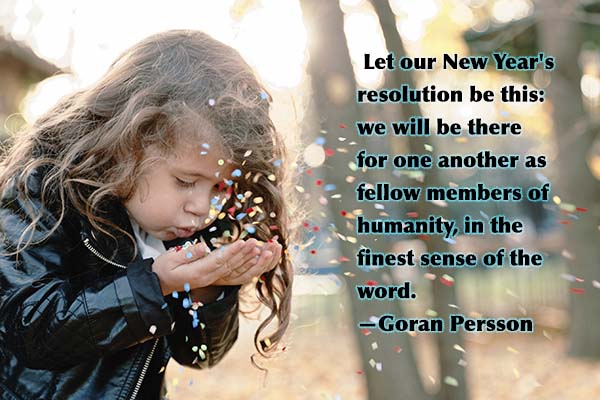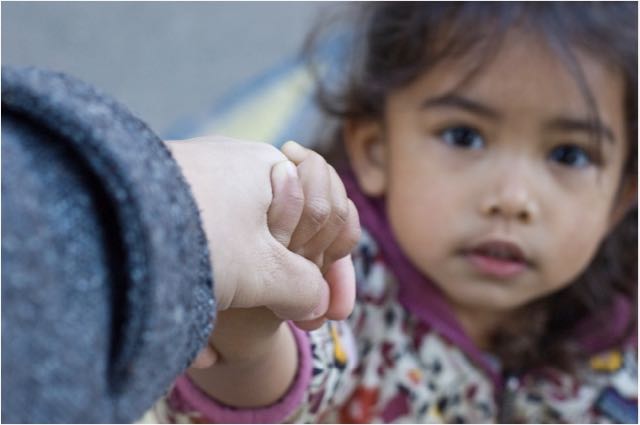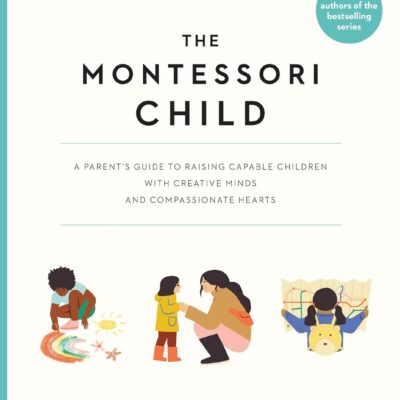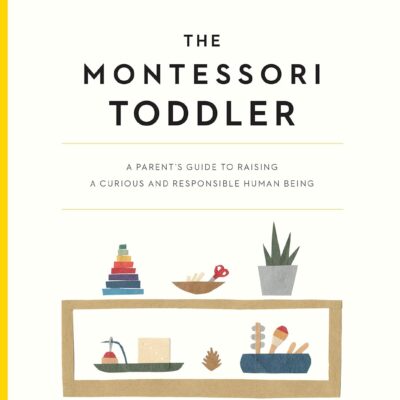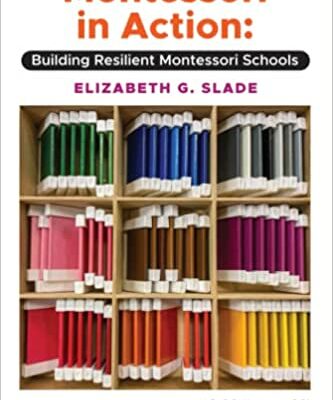Some of My Favorite Books For Older Children
by Tim Seldin
Whatever Happened to Penny Candy?

A Fast, Clear, and Fun Explanation of the Economics You Need for Success in Your Career, Business, and Investments
Written by Richard J. Maybury Edited by Jane A. Williams
From Bluestocking Press
There is an entire series of interesting books in the Uncle Eric collection. I particularly enjoyed sharing this clearly written, award-winning book about economics. In it, the author offers a clear and easily grasped explanation of the origin of money, investment cycles, inflation, market cycles, recessions, and much more.
As another reviewer put it, “Maybury’s forte is explaining economics in an interesting, logical, and easy-to-understand manner. This is no small achievement in economics pedagogy. Equally important, the economics in Whatever Happened to Penny Candy makes such good sense. When government’s economic policies make us say ‘uncle,’ let’s hope it’s ‘Uncle Eric,’ Maybury’s letter writer and alter ego.” – John G. Murphy, Ph.D., President,
National Schools Committee for Economic Education
“This book is must reading for children of all ages. Its presentation of some of the fundamentals of economics is lucid, accurate, and above all highly readable.”— Michael A. Walker, Executive Director, The Fraser Institute, British Columbia, Canada
Pyramid

Written & Illustrated by David Macaulay
From HMH Books for Young Readers
This is another series of excellent books published in the 1980s that is still available and should be in every school and family library. David Macaulay is an award-winning author and illustrator, whose books have sold millions of copies in the United States, alone, and his work has been translated into a dozen languages. Our children and I loved every one of his books. The series explored how famous buildings and structures were built, from the Pyramids to modern skyscrapers. The illustrations and detailed descriptions are fascinating to children (and adults) of all ages, but especially from seven to fourteen.
Our Vanishing Landscape

Written & Illustrated by Eric Sloan
From Dover Books on Americana
Eric Sloan is absolutely one of my favorite authors. Over his long career, he produced many compelling books that celebrate the traditions of early America and remind us that history is all around us, if we take time to look and understand. His work is a celebration of America. Eric Sloane was a prolific artist, which make his books come alive. This particular volume is just one of many. He wrote of the traditional life of the American farm and countryside. Just a few include Once Upon a Time: The Way America Was, Diary of an Early American Boy: Noah Blake 1805, The Seasons of America Past, The Cracker Barrel, The Little Red Schoolhouse, and many more. These books will not immediately grab the attention of the average young reader. I suggest that you get ahold of a few, and try to go through them together with a child of nine or older. Reading the Diary of an Early American Boy aloud together and looking at the pen and ink drawings may be a great beginning. Once you and your children realize how the evidence of the past surrounds us, you may see the place where you live and the places that you visit with new eyes. I love these books!
Healing Breath: A Guided Meditation through Nature for Kids

Written by William Meyer Illustrated by Brittany R. Jacobs
Mr. Meyer wrote this book to help children release anxiety in general and more specifically about the condition of the planet through meditation. The illustrations are colorful and calming and they bring the author’s words to life. I would suggest that this book be presented to children during the elementary years, as these are the years of great imagination. They will need to use their great imaginations to picture the ideas and places in the meditation. They will also need to have had enough life experiences to use as a basis for this imagining.
If I were going to present this meditation to students or to one of my own children, I would definitely start them off with a shorter meditation or with practicing the Silence Game that we often use in Montessori schools. Depending on their comfort and skill levels, I would read the book aloud with children or let them read it to me. Seeing the illustrations and hearing the words will help children imagine the scenes when they actually go to meditation, close their eyes, and visualize the scenes the author describes. I would also read the author’s words out loud, alone, before leading the meditation with children. Practicing this way will help me become familiar with the language, set my tone of voice, and determine the pace of reading.
This is a beautiful meditation and I think that elementary children will relax and enjoy this quieting practice.
Where Are You? A Child’s Book about Loss

Written by Laura Olivieri Illustrated by Kristin Elder
Where Are You? is written by a wife and mother of a three-year-old after her husband passed away. Her purpose in writing this book is to offer support for parents who may be struggling to answer their young child’s question about their missing parent. The author delicately describes how young children think and experience life and death in terms of ‘real’ things through their senses. After the child in this story experiences the loss of seeing, touching, and hearing his loved one, he begins to remember. He realizes that memories are held in the heart and that is where his parent is now. This book could be helpful for children ages three through eight years old, who are experiencing loss and searching for an answer to “where are you?”
Maria Montessori Speaks to Parents: A Selection of Articles

Written by Maria Montessori
Maria Montessori spent the vast majority of her professional life working with teachers, developing her innovative educational method. She devoted most of her energy to writing about the Method for teachers. However, she also spent some time during her courses and lectures to address parents. Within the pedagogical archives of Maria Montessori’s original work, several articles were found that have a style and content that was certainly written for parents. It is possible, and even likely, that these articles were written in 1931.
This book contains eleven short articles to help parents understand, in broad strokes, Montessori’s views on how children learn and the role that parents play in supporting their children’s development. It is an interesting collection of articles with clear and exact messages to parents. When I read each one, I had to put the book down and really contemplate her meaning and message. Maria Montessori’s style of writing is different from writers in the 21st century, but her message about children absolutely holds true today. This book is available through Amazon.
How to Change the World in 12 Easy Steps

Written by Peggy Porter Tierney Illustrated by Marie Letourneau
This delightful book was inspired by Eva Mozes Kor, a child survivor of Auschwitz. During her life, Eva encouraged children to make a positive difference in the world by doing everyday things that show kindness, acceptance, support, and care for the environment.
The author put ideas into simple terms on how we can all “be the change” we would like to see in our world; small things like tidying your room; giving your parents a hug and a kiss; picking up trash where you see it; inviting a new student to sit with you at lunch; getting an education; and being creative can make a huge difference. The illustrations are realistic, fun, and relatable.
At the end of the book, the author tells a brief story of Eva’s life after Auschwitz. You and your child (or students) can watch a documentary about Eva Mozes Kor by filmmaker Ted Green – Eva A-706. Great for children 4-8 years old. It can be purchased on amazon.com.
One Green Apple

Written by Eve Bunting Illustrated by Ted Lewin
Moving anywhere can be an adventure or a journey at any age but moving to a new country with unfamiliar customs and a language you don’t speak or understand can be very challenging for a child. In One Green Apple, Eve Bunting tells the story of a child from South Asia on her second day of school in the US, who goes on a class field trip to an apple orchard. Here, she learns the names of two new friends and adds her green apple to all the red apples to make a delicious cider. This is a story of acceptance, connection, and adjustment in new surroundings. The illustrations are realistic, sensitive, and beautifully done. I highly recommend this book for elementary age children.
A Warm Winter

Written by Feridun Oral
This is a story about friendship, sharing, and survival in a beautifully illustrated book that children will enjoy reading over and over for years to come. The author uses forest animals to tell the story of how a mouse struggles to provide the necessities of life for others in his family. Along the way, the mouse enlists the help of friends (a rabbit, a fox, and a bear) to move the fire starters to the mouse’s nest. This was quite an unlikely team to be sure, and maybe there’s a conversation to be had about that as you read the story. As luck would have it, a fierce winter snowstorm thwarted their efforts, and the very large bundle of twigs and pinecones came undone and scattered. They took shelter together until the blizzard passed. What do you think they decided to do with the twigs and pinecones that had scattered? When you read this book, you’ll find out how it turned out to be a warm winter after all. It will be most appealing to children from age four to seven.
Calling all teachers, parents, & children!
We would love to publish reviews of your favorite books. Send book reviews to Lorna at: lornamcgrath@montessori.org

